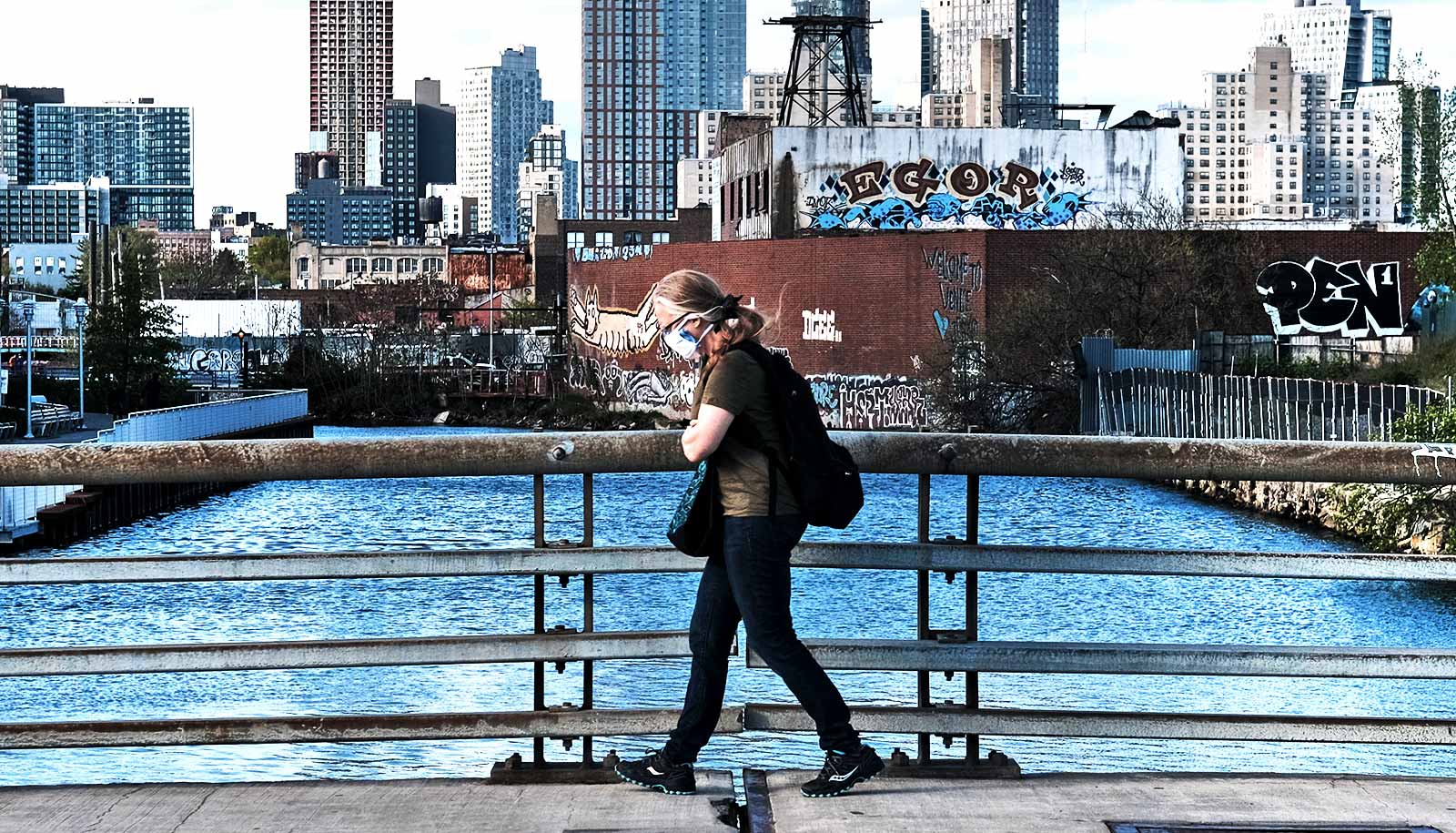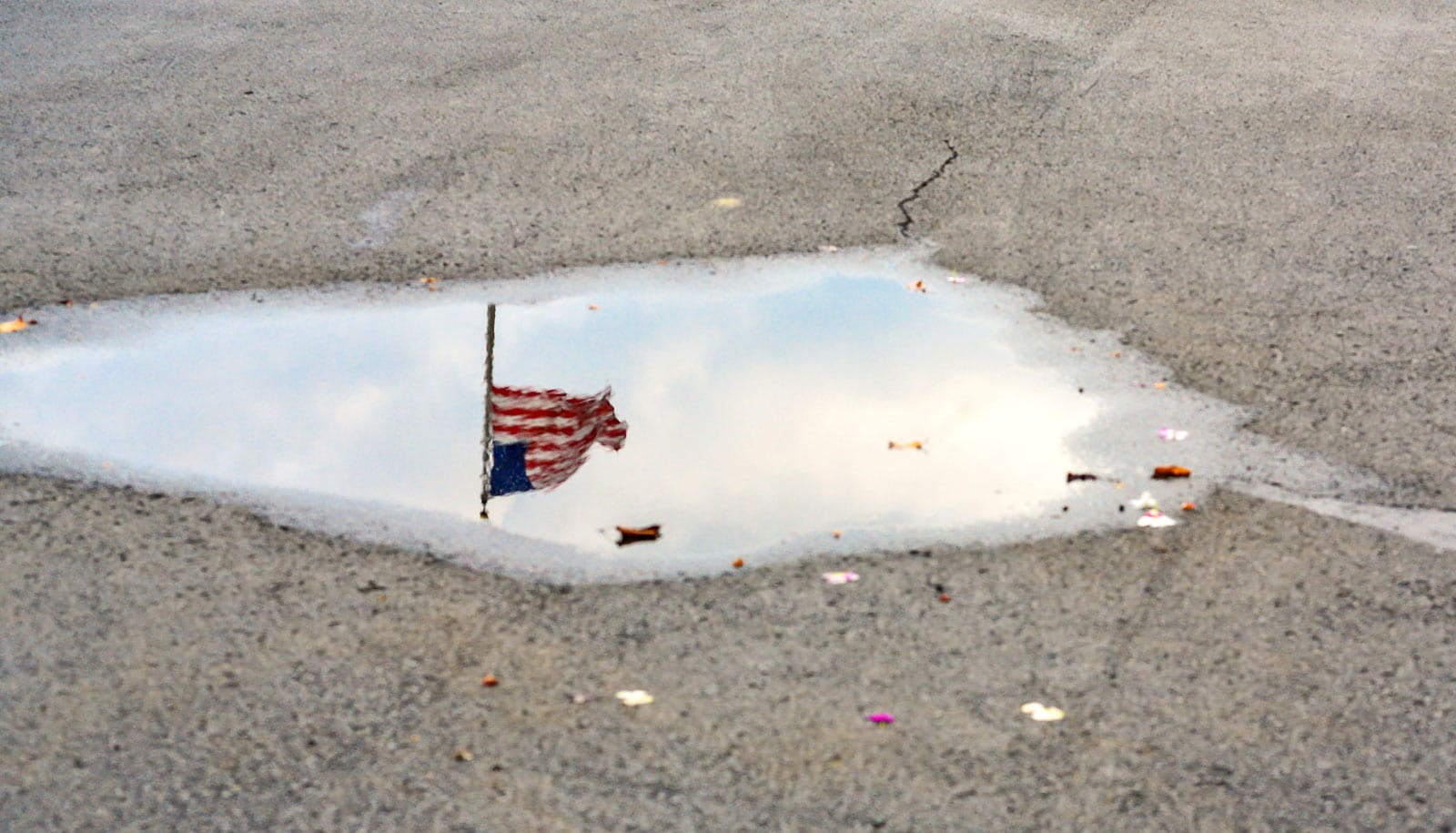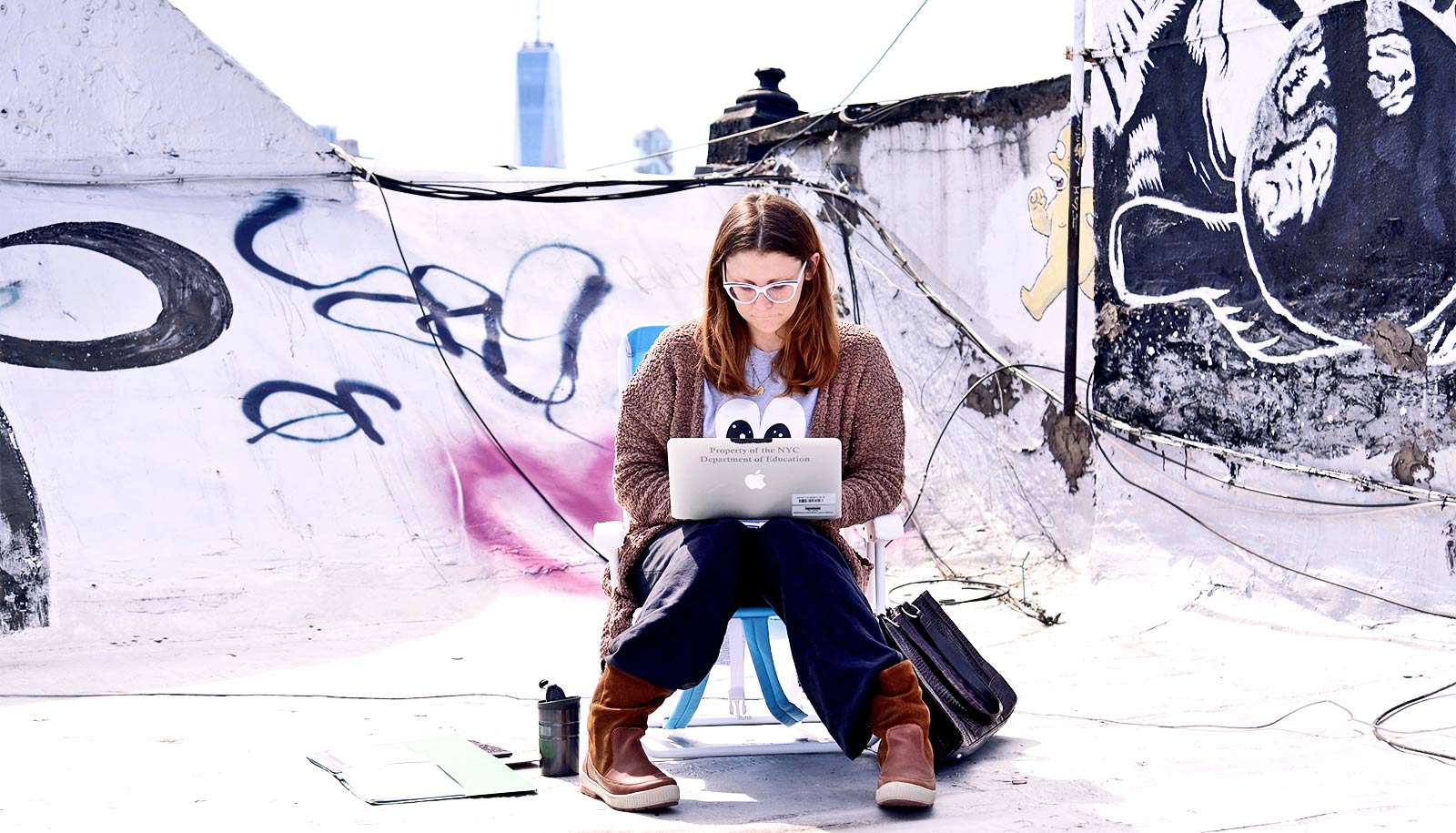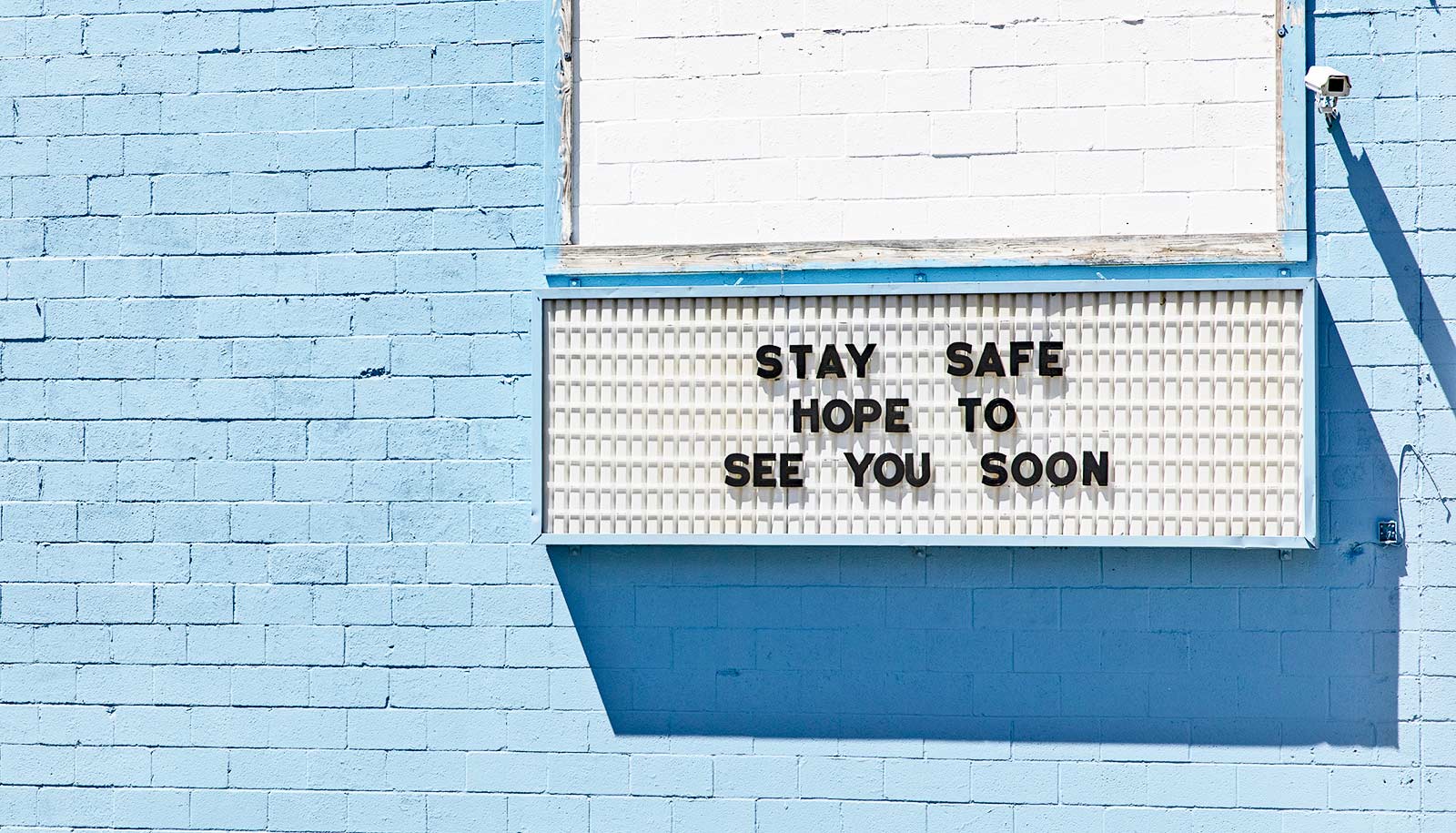Coronavirus is changing life as we know it on a daily basis. But what will our world look like in the next five years? How will the pandemic permanently reshape our lives?
“COVID 2025: Our World in the Next 5 Years” video series features leading scholars discussing how coronavirus will change health care and international relations, education, and urban life, and many other aspects of our lives and world—and what steps are crucial now to shaping that future:
Changing international relations
The coronavirus pandemic has exposed just how fragile the international system is, fueling changes in alliances, institutions, and the global economy, says Paul Poast, an associate professor in the political science department at the University of Chicago.
In this episode, Poast discusses how the pandemic is accelerating changes in international relations as nations respond by stepping away from each other rather than taking steps to tackle the crisis together.
In the years ahead, these shifts could include China increasingly asserting itself as an alternative to the United States on the world stage, and a retreat by many nations, including the United States, from global institutions such as the World Health Organization.
Whats only beginning to emerge is the potential for sweeping impacts from coronavirus on developing nations, which could have a deep impact on the global economy in the years ahead. In addition, Poast says, watch for the power of the US Federal Reserve to continue to grow globally and increased evidence of the need for global political solutions rather than just advances in technology.
Rethinking health care
The coronavirus pandemic is upending health care in the United States. It could result in a series of changes, ranging from a sizable expansion in telemedicine to a dramatic shift in how we think about health care coverage, says Katherine Baicker, a health economist at the University of Chicago and dean of the Harris School of Public Policy.
In this episode, Baicker discusses how the pandemic has shown the interconnectedness of the US population—and that old dividing lines between the insured and uninsured no longer make sense. The pandemic could result in support for a more robust public health care system and a variety of new tools to monitor public health, and ramp up or ramp down economic activity if needed.
At the same time, Baicker sees the potential for new measures to increase the flexibility of the US health care system. They could include allowing nurses to work in different states under a single license, letting physician assistants provide expanded care, and removing liability barriers to allow medical equipment makers to increase production at times of crisis.
New challenges in education
The coronavirus pandemic has caused the United States and other nations around the world to rush into remote learning. This sudden shift will have a sizable impact on teaching and learning long after COVID-19 crisis ends, says Randal C. Picker, a professor of law at the University of Chicago Law School.
In this episode, Picker says that the technology and infrastructure for remote learning has been building in the United States over the last decade, making the huge push online possible. This massive shift is resulting in experimenting on a global scale, while underscoring a digital divide based on income and location that has long existed, says Picker.
Remote learning is a powerful tool from elementary school to professional education classes, and while Picker says it doesn’t replace the classroom, it shrinks distances and supports teaching in new and interesting ways. For example, inviting a guest speaker from Europe is a few clicks away rather than requiring air travel.
However, considerable regulatory steps are needed over the next five years to support the growth in distance learning, including addressing privacy concerns and increasing federal funding for infrastructure to increase broadband access.
To close the digital divide, the federal government needs to view broadband like the US Postal Service when it was first developed, concentrating on connecting all citizens rather than just communities where the service makes economic sense, Picker says.
Source: University of Chicago



